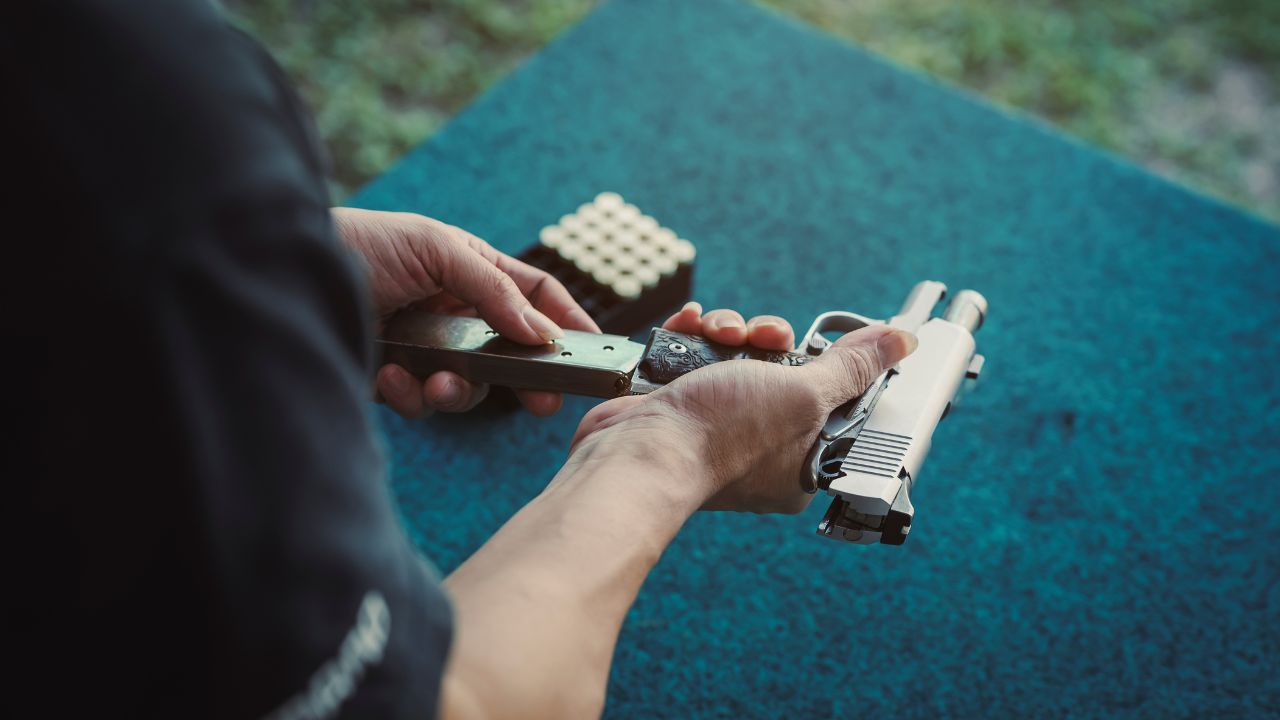Buying a used 1911 can be a smart move—if you know what you’re looking at. These guns have been around for over a century, and while plenty are built to last, not all secondhand 1911s are worth the asking price. Some are worn out, over-modified, or just plain sketchy. Before you drop cash on a used one, here are 10 things you’ll want to check first.
Check the Slide-to-Frame Fit

A little wiggle isn’t always a dealbreaker, but if the slide rattles like loose change in your pocket, walk away. Sloppy fitting usually means excessive wear or poor build quality.
Try locking the slide forward and twisting it side to side. It should feel tight, or at least solid. A loose fit can mean inconsistent accuracy and potential reliability issues.
Inspect the Barrel Lugs

Barrel lugs take a beating, especially if someone’s been feeding the gun a steady diet of hot loads. Look closely for peening or cracks in the lugs—those can be costly to fix.
Flip the slide over and check where the lugs mate with the slide. Any rounding or distortion means it’s seen some hard use. You want clean engagement surfaces and no visible damage.
Look for Excessive Wear on the Feed Ramp

A chewed-up feed ramp can cause all kinds of feeding problems. If it’s gouged, pitted, or looks like someone took a Dremel to it, that’s a red flag.
Smooth and shiny is good. You don’t want deep scratches or inconsistent polishing. Some folks try to “fix” feeding issues by reshaping the ramp, which often makes things worse.
Feel the Trigger Pull

Every 1911 has its own trigger feel, but a gritty, creepy, or spongy trigger is usually a sign something’s off. It might just need a clean, or it might have botched internals.
Cycle the trigger a few times and check for consistency. If it’s too light or unpredictable, someone may have tinkered with the sear or hammer. That’s not always a win.
Watch Out for Franken-Guns

Some folks build 1911s out of mismatched parts and call it “custom.” That’s fine—if it’s done right. But a mix of parts from different brands can lead to fitment and function issues.
Check for serial number inconsistencies, mismatched finishes, or signs of backyard gunsmithing. If it feels slapped together, trust your gut and keep looking.
Inspect the Frame for Cracks

Take a good look around the dust cover, slide rails, and near the grip safety. Cracks or hairline fractures in these areas can turn a used gun into an expensive paperweight.
Use a flashlight if needed. Sometimes cracks hide in shadows or under gunk. If you find one, don’t try to convince yourself it’s “probably fine.”
Test the Safety Functions

A 1911’s safeties—thumb and grip—need to work as intended. If either one is loose, sticky, or non-functional, that’s a safety hazard, not just a minor annoyance.
With the hammer cocked, engage each safety and make sure the trigger won’t drop it. If it does, or if it feels mushy, you’ve got a problem that’ll need a fix.
Look at the Sights

Unless you’re planning to replace them anyway, check if the sights are tight and aligned. Loose dovetails or bent front sights are surprisingly common on well-worn 1911s.
Wiggle the rear sight and see if it moves. If someone tried to drift a dovetail sight with a hammer and punch, you’ll see the marks. That’s usually not a good sign.
Check Magazine Fit and Lock-Up

Try inserting a mag and see if it locks up cleanly. If it sits too low, wiggles like crazy, or doesn’t feed rounds properly, the mag release or frame might be out of spec.
Ask to try a couple different mags, especially if you’re bringing your own. 1911s are picky about mags, and a bad fit could point to bigger issues.
Don’t Ignore the Finish

Cosmetics aren’t everything, but heavy wear or strange touch-ups can tell you how the gun was treated. Bubbling paint, cold bluing spots, or uneven parkerizing are red flags.
Look for rust in hidden spots—under the grips, inside the mag well, or around the grip safety. A little honest holster wear is fine. Corrosion and cover-ups? Not so much.
*This article was developed with AI-powered tools and has been carefully reviewed by our editors.






